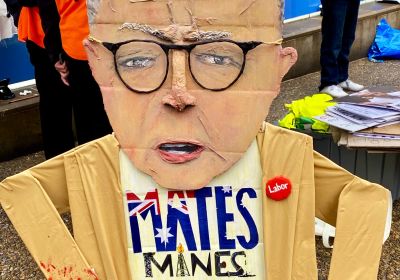
A public meeting discussed the disastrous legacy of the United States atomic bombing of Hiroshima in 1945 and the growing danger of Australia becoming involved in a possible nuclear war stemming from AUKUS. Jim McIlroy reports.

A public meeting discussed the disastrous legacy of the United States atomic bombing of Hiroshima in 1945 and the growing danger of Australia becoming involved in a possible nuclear war stemming from AUKUS. Jim McIlroy reports.
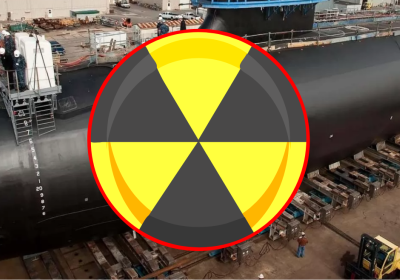
The AUKUS security partnership, announced last September, has muddied the pool of non-proliferation. Binoy Kampmark reports.
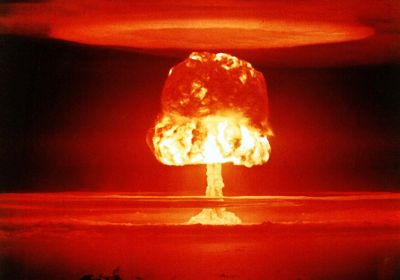
A United Nations meeting in Vienna mapped out a plan for participating states to “free the world” of nuclear weapons, reports Pip Hinman.

As our world spirals toward the catastrophe of nuclear war, there has never been a greater need for a new global balancing and a rejection of great power war, exploitation and aggression, writes Kate Hudson.

Peace is not just the absence of war; it is real security, writes Jeremy Corbyn.
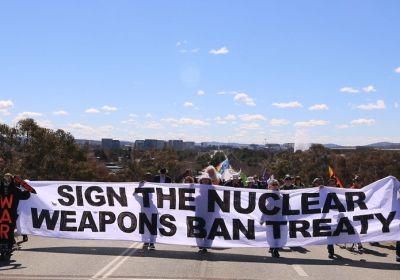
Unions, anti-war activists and scientists are speaking out against the plan to build a nuclear-powered submarine base, which will open the door to the nuclear industry and nuclear weapons' manufacturing. Isaac Nellist reports.
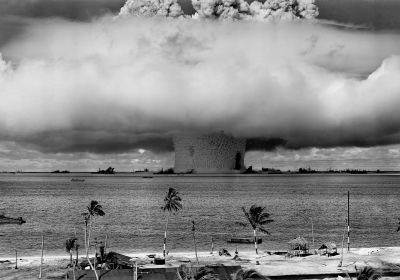
The Treaty on the Prohibition of Nuclear Weapons became international law on January 22 for the 122 states who signed the agreement in July 2017, writes Vijay Prashad.